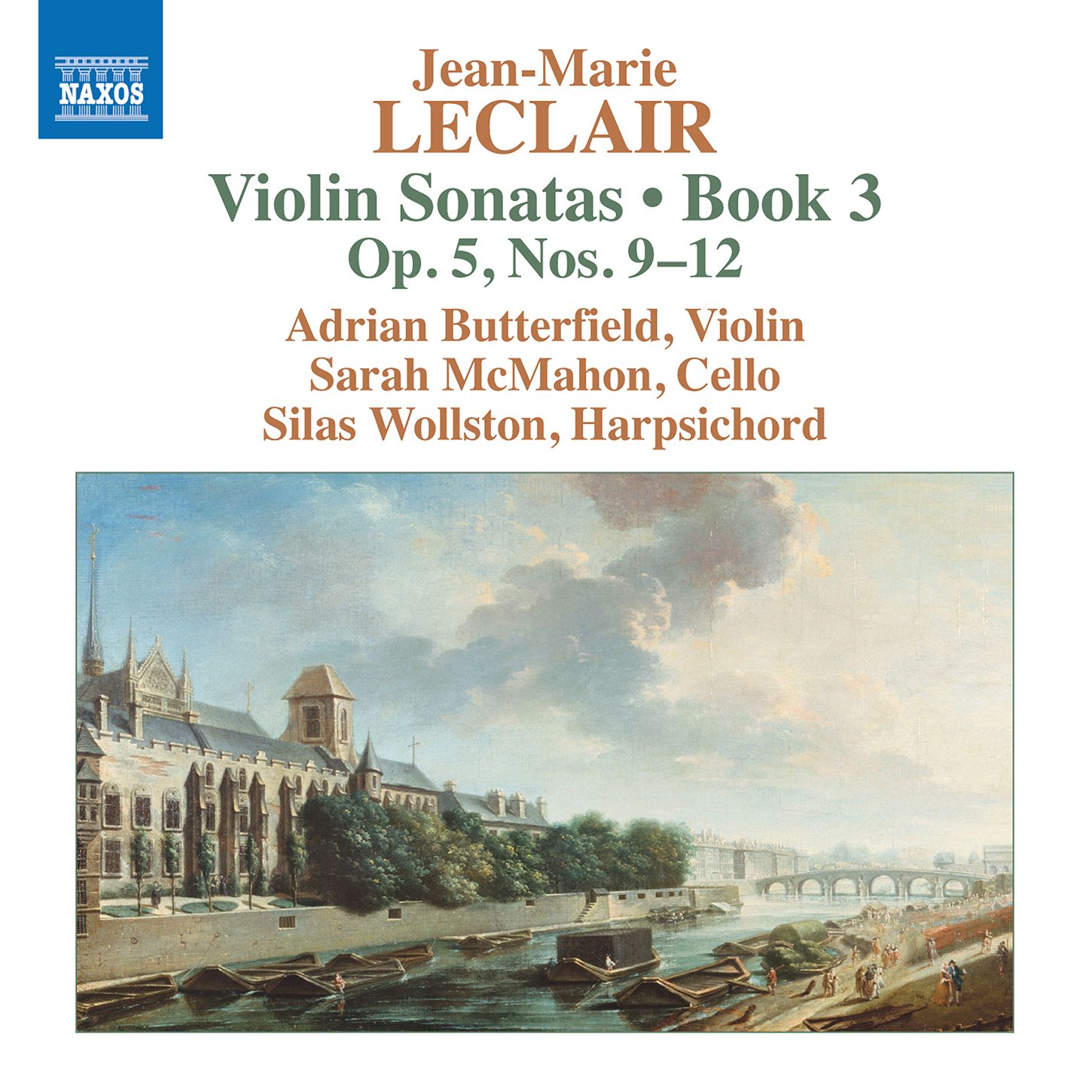Leclair Violin Sonatas, Book 3

We are rejoning Adrian Butterfield, Sarah McMahon and Silas Wollston for the final stretch of Cleclair's Op. 3 Violin Sonatas: we covered the first stretch (Nos. 1-3) in this post. Perhaps that post is worth clicking on as I give what I hope to be useful background to leclair and his works there.
There is significant virtuosity here, as we can hear from violinist Adrian Butterfield in the last moveent of the Sonata in E-Major, Op. 5/9 - continuous streams of notes, beautifully managed:
The technical challenges ofthese pieces are significant: not only in speed (as above) butin double stoppings, as here, the first movement (Largo) of the Sonata in C-Major, Op. 5/10, where Butterfireld again triumphs, this time offering the height of Baroque eloquence:
This movement is all about the violin, while there is more imitation (between violin and cello) in the allegro assai that follows:
Of this Sonata though it is the Aria, the third movement, that impresses the most, a slow rondo that leads to the more rustic drone ofthe finale that follows on (A Tambourin - Leclair uses the drone frequently in this Sonata). Let's hear them both:, and listen to the unbridled joy in that finale as Sarah McMahon digs into those sustained, drone notes!:
The G-Minor Sonata, Op. 5/11, is altogether deeper, the serene violin song (an Andante) over mobile cello a thing of beauty, with both players on top form:
Contrast this with the finale, active, dancing (jumping almost), a Giga again grounded at points by pedal points:
The final Sonata of the disc is the most demanding. After a first movement featuring multiple stoppings for the violin, there follows an Allegro ma non troppo fugue that, while it includes eleenst fo dance, seems to have an undercurrent of disquiet. For me, this is masterly:
This is a terrific disc, as palpably alive as the first one we covered
